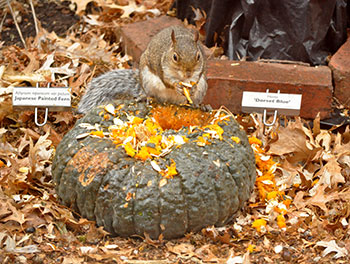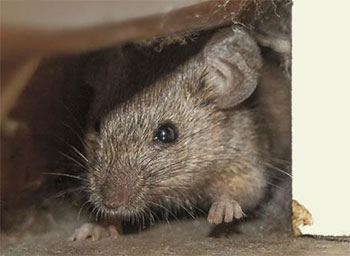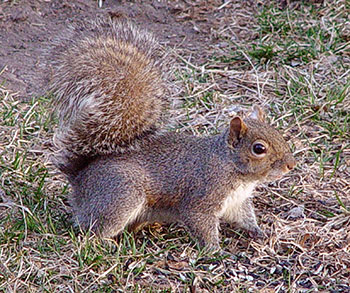Wildlife Activity in Fall
 While we’ve been enjoying the colorful fall foliage, wildlife in the area have had other priorities. Some animals are looking for their winter homes and stocking food, while others are going into their reproductive cycles. What do these changes have to do with us? Hopefully, not a lot, but they can impact our daily lives.
While we’ve been enjoying the colorful fall foliage, wildlife in the area have had other priorities. Some animals are looking for their winter homes and stocking food, while others are going into their reproductive cycles. What do these changes have to do with us? Hopefully, not a lot, but they can impact our daily lives.
House mice try to move indoors
 House mice have reproductive cycles that run year round, and a female can have five to ten litters per year. The average life span of a house mouse is nine to 12 months. This means that are house mice that are always on the move and always looking for food. Because there is a decrease in vegetation and movement outside in the winter months, we start to see more activity inside our homes.
House mice have reproductive cycles that run year round, and a female can have five to ten litters per year. The average life span of a house mouse is nine to 12 months. This means that are house mice that are always on the move and always looking for food. Because there is a decrease in vegetation and movement outside in the winter months, we start to see more activity inside our homes.
Mice will be on the lookout for warmer places to build their nests and to look for food. Be sure to check your home for cracks and get them sealed. Mice can squeeze between cracks that are only ¼” wide. These can temporarily be plugged with steel wool, but a full filling of caulking or a barrier is the best measure of protection.
Squirrels in Kansas City  Mice aren’t the only animals preparing for winter. Squirrels have been working this summer and fall to bury nuts for them to forage later this winter. They mate in mid- to late-winter and again in early summer. If you’ve got nut producing trees in your yard, you are probably seeing an uptick in squirrel movement as they collect their food source. Most squirrels won’t be a nuisance in the fall as they are in the summer when they work to sharpen their teeth on any wood they can find (including outdoor furniture).
Mice aren’t the only animals preparing for winter. Squirrels have been working this summer and fall to bury nuts for them to forage later this winter. They mate in mid- to late-winter and again in early summer. If you’ve got nut producing trees in your yard, you are probably seeing an uptick in squirrel movement as they collect their food source. Most squirrels won’t be a nuisance in the fall as they are in the summer when they work to sharpen their teeth on any wood they can find (including outdoor furniture).
Deer mating season peaks in November  The one species of wildlife that can be truly dangerous in the fall is the white tail deer. Their rut can run from September to February, but hits its peak in November. This means that both males and females are on the move in search of a mate and busy roadways are not a deterrent. This activity takes place most often as dusk and dawn. Unfortunately, this also when most of us are on the move either on our way to and from work, especially with the time change.
The one species of wildlife that can be truly dangerous in the fall is the white tail deer. Their rut can run from September to February, but hits its peak in November. This means that both males and females are on the move in search of a mate and busy roadways are not a deterrent. This activity takes place most often as dusk and dawn. Unfortunately, this also when most of us are on the move either on our way to and from work, especially with the time change.
Please keep a close eye on the roads this fall and winter. Deer can easily blend in with their surroundings and escape our notice. If you see a deer while driving, it is safer to brake and hit the deer than to brake and swerve. More fatalities occur when swerving to avoid the deer than when accepting the collision.
If you’re curious about the wildlife in our area, how they live, and how to mitigate damage that they may be causing, visit our website. We’ve collected publications from the wildlife specialists at K-State on the most common critters in our area in one location. http://www.johnson.k-state.edu/natural-resources/nuisance-wildlife/index.html